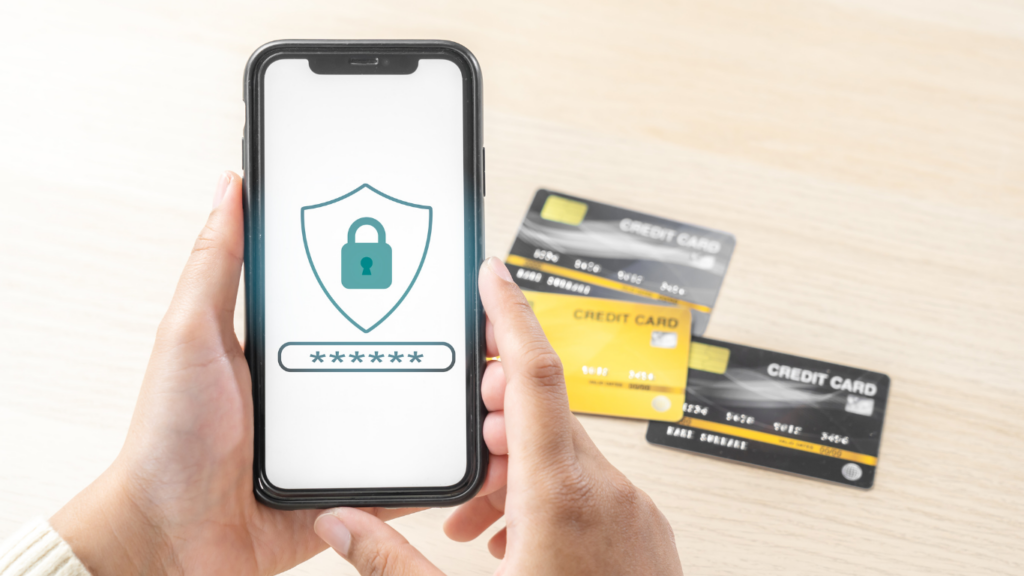Importance of Recognizing Online Scams
Understanding the importance of recognizing online scams is crucial. Online scams can lead to financial loss, identity theft, and emotional distress. According to the Federal Trade Commission, consumers lost over $3.3 billion to fraud in 2020 alone. Recognizing scams helps protect your personal information and financial assets.
Awareness about online scams also contributes to overall cybersecurity. When people recognize scam tactics, they’re less likely to fall for common pitfalls, reducing their vulnerability to cyber threats. Sharing knowledge about scams strengthens community awareness and collective security.
Financial institutions, social media platforms, and online marketplaces are frequent targets for scammers. By recognizing suspicious activity, you can take immediate action to secure your accounts and minimize damage. Reporting scams to the appropriate authorities aids in the fight against cybercrime and helps prevent others from becoming victims.
Common Types of Online Scams
Understanding common types of online scams helps in identifying and avoiding them. Various scams target different aspects of online activity.
Phishing Scams
Phishing scams involve fraudulent emails or messages designed to steal sensitive information. Scammers often fake emails from banks, social media platforms, or online services to trick users into revealing passwords, credit card numbers, or social security numbers. Avoid phishing scams by checking for spelling errors, verifying email addresses, and not clicking on suspicious links.
Lottery and Prize Scams
Lottery and prize scams trick victims into believing they’ve won a lottery or prize. Scammers ask for personal details or a fee to claim the prize. Legitimate lotteries never ask for fees to claim winnings. Verify the source and never share financial information.
Online Shopping Scams
Online shopping scams trick shoppers into buying non-existent or counterfeit goods. Fake websites and ads offer deals that seem too good to be true. Stick to reputable online retailers, check reviews, and always verify website security by looking for “https” in the URL.
Tech Support Scams
Tech support scams involve fake tech support calls or pop-ups claiming your device has issues. Scammers request remote access to fix these non-existent problems, potentially installing malware or stealing data. Microsoft and Apple representatives never initiate unsolicited tech support calls. Ignore such calls and only seek tech support from trusted sources.
Warning Signs of Online Scams
Recognizing warning signs is crucial to avoiding online scams. Here, I’ll outline some key indicators to help identify potential scams.
Unsolicited Communication
Scammers often reach out without prior contact. I encounter emails or messages from unknown senders promising free gifts or investments. Reliable sources do not operate this way, making such unsolicited communication a red flag.
Urgent or Threatening Language
An urgency or threat is a common tactic. Phrases like “Act now or lose access” or “Immediate payment required” create panic. Authentic organizations provide ample time for decisions; they do not employ such tactics.
Requests for Personal Information
Sensitive data requests are a hallmark of scams. Legitimate businesses never ask for details like Social Security numbers or passwords via email or text. I dismiss any request for my personal or financial information if it’s unsolicited.
Suspicious URLs and Email Addresses
Scammers use deceptive URLs and email addresses. I examine links closely, looking for slight misspellings or unfamiliar domains. Legitimate URLs reflect the official company name precisely; any deviation is a sign of a scam.
Steps to Avoid Online Scams

To avoid online scams, a proactive approach is essential. Here are key steps that I consistently follow to ensure my online safety.
Verify the Source
Always verify the legitimacy of the source before interacting with any online content. You can:
- Check URLs and email addresses: Make sure they match the official domain.
- Look for contact information: Genuine websites will have clear contact details.
- Search for reviews: User reviews and ratings often reveal the credibility of a source.
Use Strong Passwords and Two-Factor Authentication
Using strong passwords and enabling two-factor authentication (2FA) significantly enhances online security. You should:
- Create complex passwords: Use a mix of upper and lower case letters, numbers, and special characters.
- Never reuse passwords: Each account should have a unique password.
- Enable 2FA: Add an extra layer of security by requiring a second form of verification.
Be Skeptical of Unusual Requests
Treat any request for personal or financial information with skepticism. To minimize risks:
- Avoid sharing sensitive information: Never provide this through email or messaging.
- Verify requests independently: Contact the person or organization directly through known channels.
- Be wary of urgent language: Scammers often create a false sense of urgency to prompt quick actions.
Educate Yourself and Others
Staying informed about the latest scams and educating others improves collective security. You can:
- Keep up with news: Follow credible sources for updates on new scams.
- Participate in training: Attend cybersecurity workshops and webinars.
- Share knowledge: Inform friends, family, and colleagues to create a more vigilant community.
By following these steps, I enhance my online safety and contribute to a safer digital environment for everyone.
What to Do If You Fall Victim to an Online Scam
If you become a victim of an online scam, taking immediate action can help mitigate the damage. Here are the essential steps to follow:
Report the Scam
First, report the scam to relevant authorities and platforms. Visit the FBI’s Internet Crime Complaint Center (IC3) or file a complaint with the Federal Trade Commission (FTC). Reporting helps track scammers and prevent them from targeting others.
Change Your Passwords
Right away, update the passwords of accounts associated with the scam. Use strong, unique passwords for each account. Consider enabling two-factor authentication (2FA) for added security.
Monitor Your Accounts
Closely monitor your financial and online accounts for suspicious activities. Look for unfamiliar transactions or changes. Contact your bank or financial institutions if you notice anything unusual.
Seek Help from Authorities
Contact local law enforcement to report the crime. They can provide guidance on recovery steps and document the incident for future reference. In severe cases, consult with a cybersecurity expert for professional assistance.





